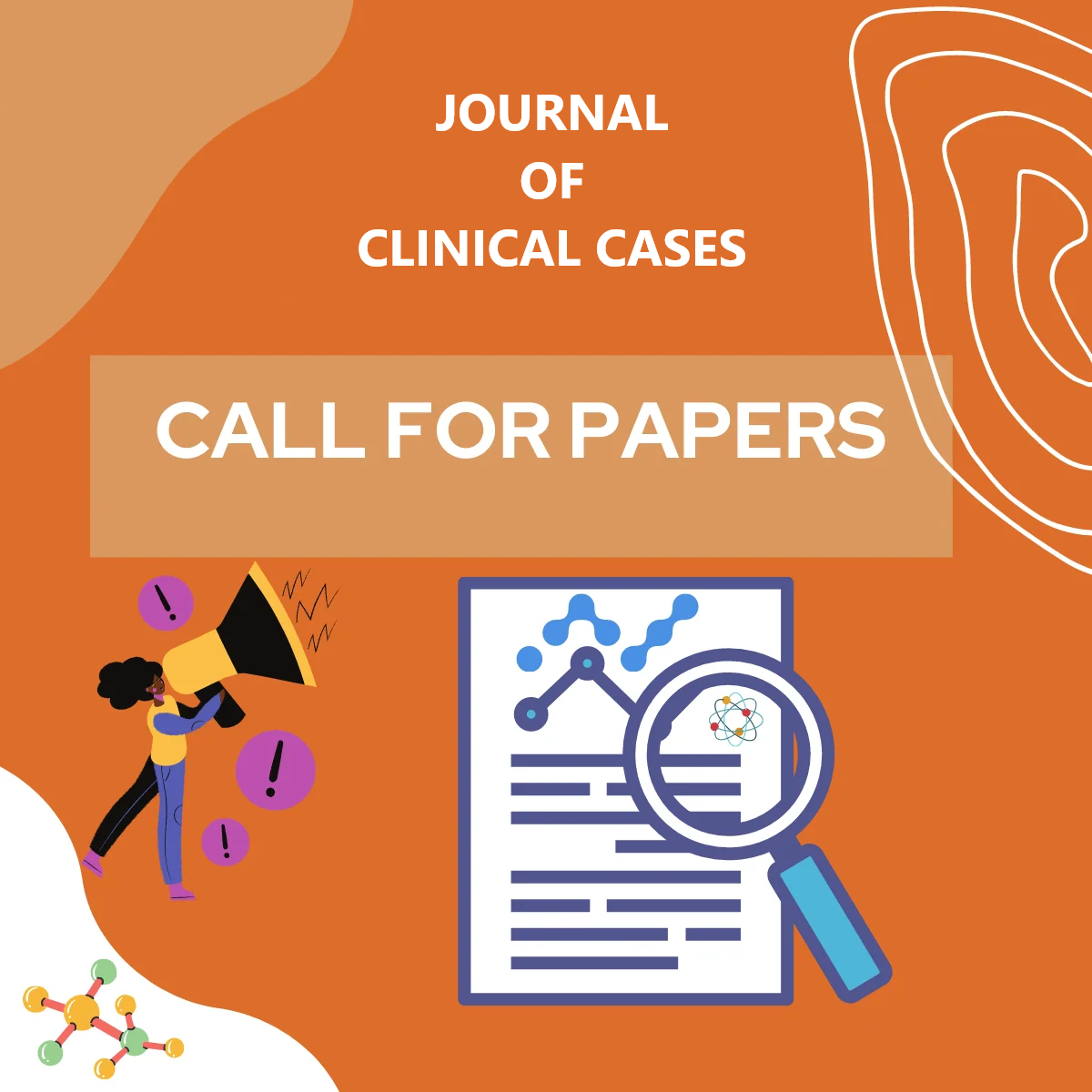Journal Citations
- Crossref
- PubMed
- Semantic Scholar
- Google Scholar
- Academia
- SCRIBD
- ISSUU
- Publons
- MENDELEY
Share This Page
Journal Page

Abdominal Wall Sinus Due To An Undetected Spilled Gallstone: An Unusual Report Of A Case
Maria-Eleni Zachou, Sempachedin Perente, Eleni Effraimidou and Sotirios Botaitis*
Departments:
Department of Surgery, Alexandroupolis University Hospital, School of
Medicine, Democritus University of Thrace, Alexandroupolis, Greece.
Corresponding Author: Sotirios Botaitis
Published Date: 14 June 2024; Received Date: 27 May 2024
ABSTRACT
Background: In the last decades, laparoscopic cholecystectomy (LC) has been the gold standard treatment for cholelithiasis. LC through the years has presented its complications like any other surgical technique. Compared to open cholecystectomy, LC is related to a risk of gallbladder perforation with spillage of bile and stones into the peritoneal cavity. The retrieval of spilled stones is not always possible by laparoscopic technique since stones can move into unapproachable sites in the peritoneal cavity. Most of these cases do not have any problem in the future but sometimes the lost stones lead to serious complications. The most common complications of remained gallstones are intra-abdominal or abdominal wall abscesses and fistula formation. Additionally, many other rarer complications have been reported in the literature, creating diagnostic difficulties. These complications can arise from days to years postoperatively and are responsible for serious morbidity. We report a case of an abdominal wall sinus due to a spilled gallstone that was presented in an 81-year-old female patient 7 years after an emergency laparoscopic cholecystectomy due to acute cholecystitis.
Case presentation: An 81-year-old female patient attended the emergency department complaining of pus licking from a cholecystectomy port wound on her right hypochondrium, without any sign of abdominal pain or systemic symptoms. Her medical history revealed an open right colectomy for right colon cancer 8 years ago and an emergency LC 7 years ago due to acute cholecystitis. Her laboratory testsrevealed no inflammatory signs (White Blood Cells: 5.630/μL, C-Reactive Protein: 0,38mg/dl). Ultrasonography revealed a subcutaneous abscess (dmax 1,5cm) with heterogeneous echogenic fluid (Figure 1).
Conclusion: Stone spillage has not been considered an indication of conversion laparoscopic to open cholecystectomy [15], but it is now accepted that it is a source of infrequent but severe complications that may require a reintervention for treatment. Thus, it is recommended that an effort should be made to retrieve all the spilled stones in order to reduce one source of unpredictable morbidity. In selected cases, open retrieval should be considered. Surgeons should inform their patients of the spillage of gallstones so as to recognize any relevant future complications.

